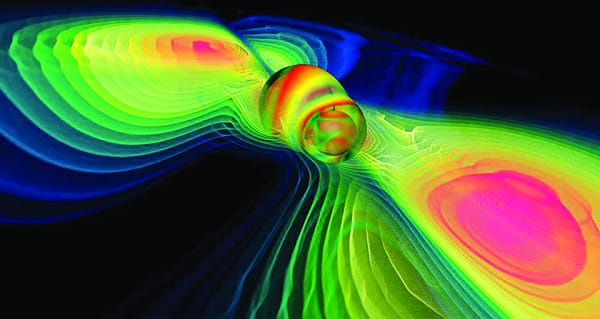Five-a-day to keep pathogens at bay
Five-a-day to keep pathogens at bay

A high-fibre diet protects against bowel infection, thanks to bacteria that normally live in the human gut.
Remember mum and dad harking on at you to each your fruit and veg? Although perhaps nothing more than well-intentioned nagging at the time, new research has shed light on a novel scientific reason for shovelling in that daily fibre.
In an article recently published in Cell, an international team of researchers used a mouse model to investigate the impact of dietary fibre deprivation on resident gut microbes and the consequences for the health of the digestive system.
Their findings were a little disconcerting. As it turns out, when starving, our suddenly not-so-friendly gut bacteria feed instead on the natural mucus layer lining the gut wall, eroding it to the point that pathogenic bacteria can invade and instigate disease.
The intestinal mucus layer forms a critical first line of defence against infection by potentially harmful microbes. Mucus also serves as an alternative nutrient source for resident bacterial communities, which rely primarily on dietary carbohydrates, especially fibre, for energy.
The modern diet of western nations is inherently lacking in fibre, a deficit which has been linked to increased incidence of inflammatory diseases including asthma, allergies and irritable bowel disease (IBD). The team of scientists led by Eric Martens at the University of Michigan Medical School, together with his former post-doctoral fellow Mahesh Desai, developed a novel mouse model which lacked any microbes of its own, but contained a transplanted microbiota comprising 14 selected species of human gut bacteria. Between them, these species were capable of producing ~1700 carbohydrate-digesting enzymes, similar to the number secreted by the 500 – 1000 species contained in a typical human gut.
It was found that when the mice were subjected to a diet regime which was deficient in complex plant fibre, the composition of the gut microbiota shifted from containing largely fibre-digesting bacteria, to one abundant in mucus-degrading species – a trend that has also been observed in IBD patients. Notably, fluctuations occurred extremely rapidly, mirroring the daily alternations between fibre-rich and fibre-free diets.
“The lesson we’re learning from studying the interaction of fibre, gut microbes and the intestinal barrier system is that if you don’t feed them, they can eat you,” said Martens. And indeed, as the number of mucus-digesting gut bacteria increased, thinning of the mucus layer was seen in the colons of fibre-starved mice.
Interestingly, when mice were fed prebiotics – purified, soluble carbohydrates commercially purported to stimulate the growth of ‘friendly’ gut bacteria – the same changes in microbiota profile and mucus thickness were observed as in mice on the fibre-free diet. Let’s hope buyers kept their receipts. Colonisation of the human gut by pathogenic bacteria – for instance, E. coli, a common culprit of food poisoning – causes severe diarrhoeal disease, amounting to substantial health-care costs. In order to access the gut wall and exert pathogenic effects, these bacteria must first get through the gut mucus layer.
Hence unsurprisingly, when infected with C. rodentium, the rodent equivalent of human E. coli, mice on the low-fibre regime were ~10-fold more susceptible to colonisation than those fed a fibre-rich diet. This higher colonisation was accompanied by severe inflammation of the colon, with over half of the mice losing at least 20% of their original body weight.
Whilst the health benefits of dietary fibre have long been recognised, the mechanisms linking fibre deficiency to disease risk have, until now, remained elusive.
The findings of Martens and his team have underscored how even subtle changes in the balance of our resident microbial species can strongly influence host-microbiota interactions and our vulnerability to diverse diseases. These include not only enteric infections but also metabolic syndromes, inflammatory conditions, cancer, and even Parkinson’s disease. Perhaps most alarming about these findings is the speed at which, with externally applied forces (e.g. diet or antibiotics) we can unknowingly effect major behavioural alterations in our microbial control hubs. And not always for the better.
However, on the upside of this, the malleability of our gut residents opens the door to new methods by which we can manipulate the microbiota to improve human health and even treat disease. So far, experimental microbiota-orientated therapies have centred on faecal microbiota transplant (FMT; yep, it’s what it says on the tin) – a technique which involves considerable procedural burden.
Future experiments by Martens and Desai will explore the prospect of using dietary therapeutics as a simpler alternative to FMT. Until then, should we follow the example set by Blue Zones and move towards a more plant-based diet?









